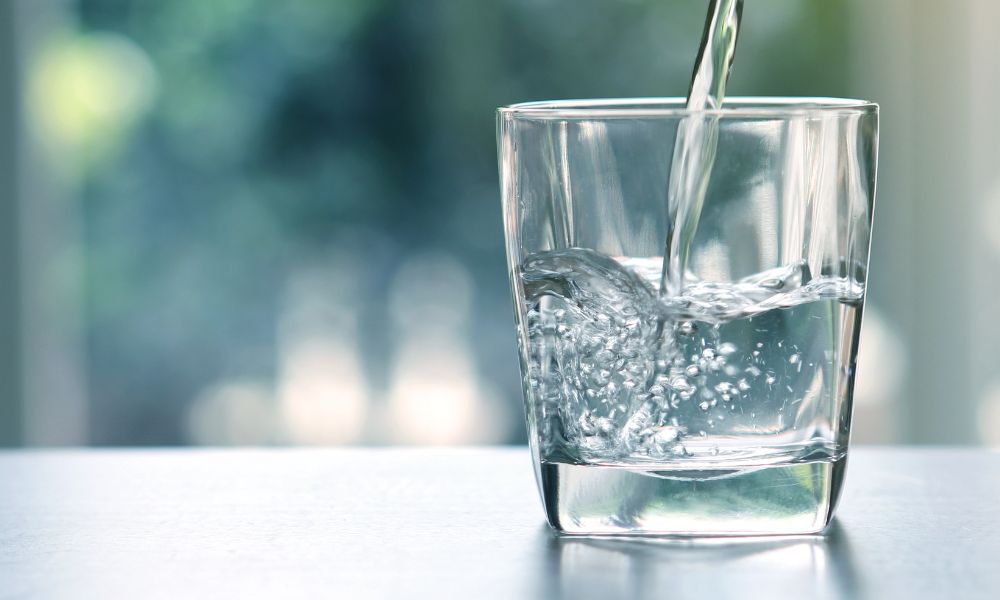Finding, Fixing, Finishing: How E.C.D. Automotive Design Imports Old Land Rovers for Restoration
E.C.D. Automotive Design (E.C.D.), the world’s largest Land Rover restoration company internationally renowned for its bespoke luxury builds, provides an inside look into one of the most crucial parts of the E.C.D. journey: the sourcing process. It all starts at the new U.K. logistics facility located in the West Midlands, nearly 40 miles away from the Lode Lane factory where the original Defenders were produced. At the logistics facility, team members locate base vehicles, original parts and more, shipping the inventory overseas to E.C.D.’s Rover Dome in Florida and allowing E.C.D. to quality control every step of the build process.

Each E.C.D. restored Defender is as unique as its owner, handbuilt by E.C.D.’s master technicians and modernized with an infinite range of a la carte customizations so that no two on the road are ever the same. One of the most essential aspects of the build journey is finding the perfect base vehicle for each build. This is managed by the U.K. logistics team, who scour the U.K. and beyond to find a vehicle that fits the client’s specifications.
E.C.D. has built a significant presence in the U.K. in a short span of time, with sellers constantly contacting the logistics facility to sell their old Defenders. The company also monitors auto-trading sites for vehicles that fit the stringent criteria. Once purchased and the registration is transferred to E.C.D., the vehicle undergoes an intensive in-house inspection. The carpet is removed to inspect the interior and conduct a deep cleaning inside and out. The body is measured for filler and the depth of the steel frame is assessed and tested, verifying that each classic Defender has a strong, rot-free frame and workable body panels.
“The vehicles we purchase must be 25 years old, currently running and well-maintained. They aren’t junkers or old rot boxes abandoned in a field. Many were in the possession of their former owners for many years and well-loved,” said E.C.D. Co-Founder and U.K. Logistics Manager Tom Humble. “We seek to honor that heritage, giving these vintage Defenders a second life in the States where they can be treasured like new.”
The following are captured and recorded within E.C.D.’s database: VIN number (frame and tag), engine number, gearbox number, transfer case number, axle numbers, HPI check, among other ID numbers. Photos are taken to properly catalog the older Defender. After all of this is recorded and paperwork sent for approval, the base vehicle is loaded into a 40-foot shipping container for the four-to-six-week boat trek across the Atlantic Ocean.
Once the vehicle lands at the port, it is physically inspected and, upon clearance, E.C.D.’s carrier collects the vehicle and rolls it onto the trailer for delivery to the Rover Dome. The base vehicle undergoes another multi-point visual inspection by E.C.D.’s Florida team and paperwork is submitted, registering the vehicle with a clean and clear official Florida title that all of the base vehicles start life with.
From there the second half of the journey begins, where the base vehicle is torn down and rebuilt over 2,200 hours into a true E.C.D. custom Defender. An original hinge from the base vehicle is preserved and encased in a frame for the client as a pleasant remembrance of the vehicle’s prior life before its E.C.D. makeover.
Overall, this method of sourcing a high-quality base vehicle and restoring it (not merely replacing it) allows E.C.D. builds to be registered throughout the U.S. as genuine classic cars – rather than kit cars or replicas assembled from components of various vehicles. Not only does the E.C.D. method preserve the prestige of an antique, it avoids the registration issues common with kit cars.
Images of the sourcing and shipping process can be found on E.C.D. U.K.’s Facebook and Instagram.
For more information on how to build your own vehicle please visit ecdautodesign.com.





